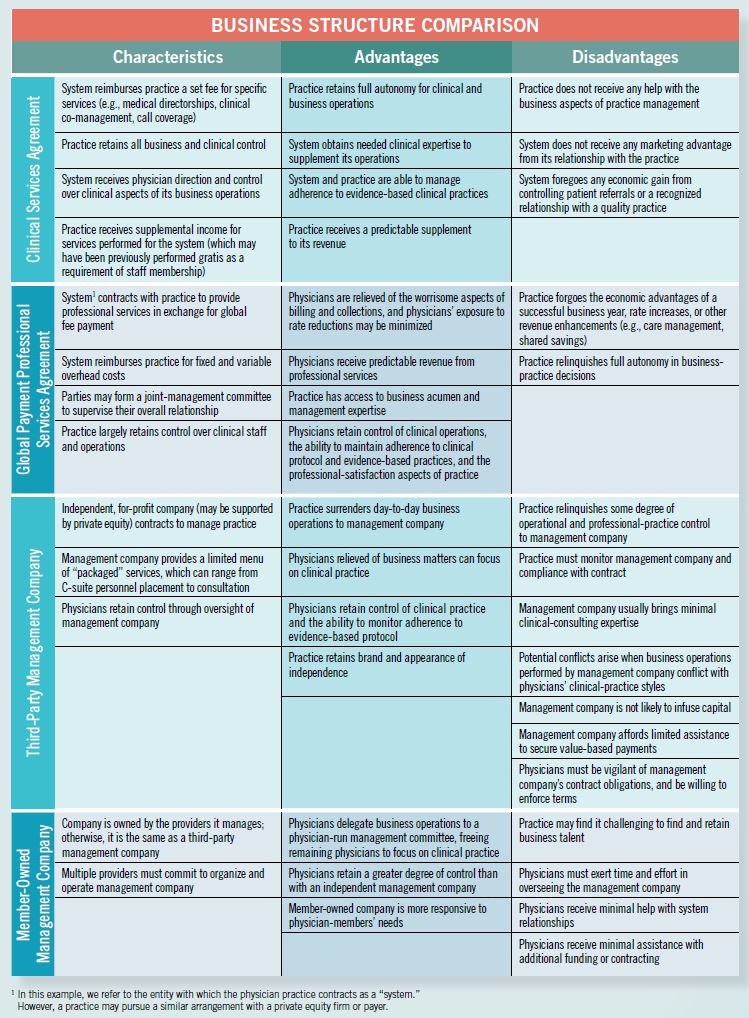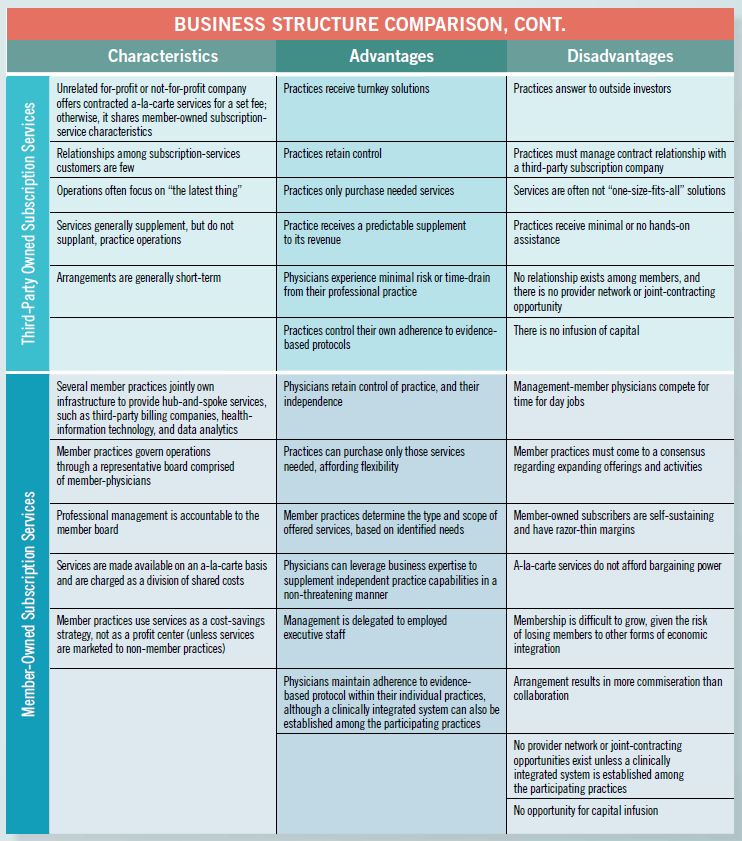Consolidation has been a trend dominating healthcare over the past few years, and there is every indication that mergers and acquisitions will continue at an aggressive clip in 2019.
Last year, hospital deals grabbed headlines due to the sheer size of some of the transactions. For example, the merger of Dignity Health and Catholic Health Initiatives to form Common Spirit Health will create the nation’s largest not-for-profit hospital system once the deal closes.
The news in 2019 also focused on newer buyers in the physician-practice marketplace. Hospitals have continued to expand their ranks of employed physicians, but private equity firms and payers are now even more in the market to acquire physician practices as well.
Independent physician practices are overwhelmed by increasingly complex regulatory requirements, continuing reductions in reimbursement, exclusion from provider networks, or the uncertainty associated with the transition to value based payments. Many physicians tired of these challenges are intrigued by opportunities to sell their practices.
Physicians simply wanting to rid themselves of the business headaches of a private practice may seek some form of economic affiliation, which would relieve them of that burden. However, they should be mindful that it is possible to manage these challenges without ceding all control to a third party.
For example, physicians merely seeking access to value-based payment systems may participate in clinical integration, joining a clinically integrated network (CIN) while maintaining their economic independence. By signing the CIN’s participation agreement, the physicians obligate themselves to adhere to evidence-based practices and to implement the performance-improvement initiatives outlined therein to enhance practice efficacy. The CIN may then pursue risk-based contracts on behalf of the participating physicians, absent the need to economically integrate the physicians into the system.

Nevertheless, hospital systems, payers, and other for-profit ventures remain in the market to purchase or economically align with physician practices in a continuing effort to gain control of patient populations. And physicians may still find some form of economic integration attractive.
There are various types of economic integration to consider when contemplating new business relationships, and they should only require integration to the degree necessary to achieve the physicians’ goal, such as relief from some or all business concerns, access to fee-for-service contracts, or greater economic certainty.
When considering consolidation, physicians should strive to ensure that the resulting business structure allows the professionals to retain control of clinical processes. Doing so will maintain some degree of professional satisfaction and posture the practice to successfully compete in the emerging value-based reimbursement world.
At one end of the business structure spectrum is economic independence, in which the practice enjoys self determination and clinical independence but is solely responsible for securing and managing all necessary resources. At the other end of the spectrum is economic dependence, in which a third party makes all decisions—be they business or clinical relationships—and enjoys the economic benefits of the arrangement, but also assumes the economic risk and responsibility for all necessary resources.
Increasing economic integration gradually alters the amount of professional autonomy of the practice’s physicians.The degree of autonomy can and should be negotiated alongside the economic arrangement, to achieve a desirable balance of professional control and satisfaction within what is hopefully a more manageable business environment. Discerning and implementing this balance defines the art of designing these transactions.
The following describes different forms of economic integration other than the traditional employment model, including the advantages and disadvantages of each and the impact on the professional relationship among the physicians in the practice. Keep in mind that there are numerous variations on these generic arrangements, and each relationship must be fine-tuned to meet all parties’ specific objectives.

